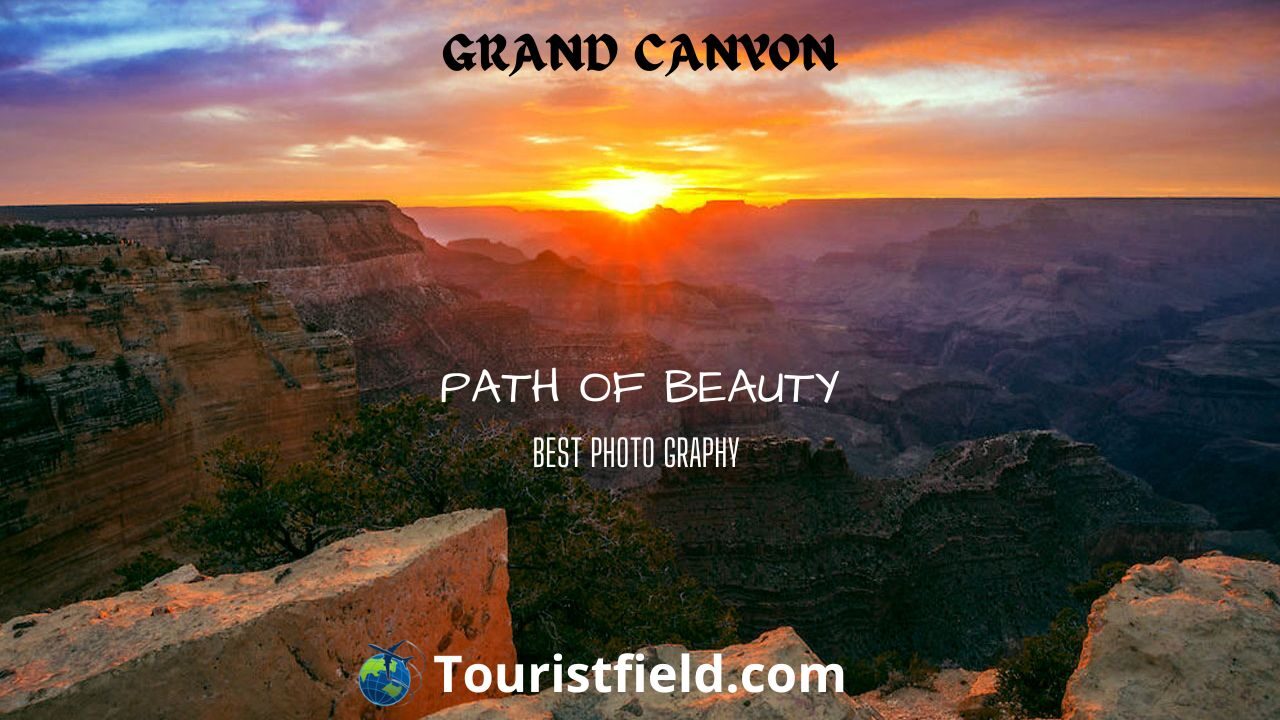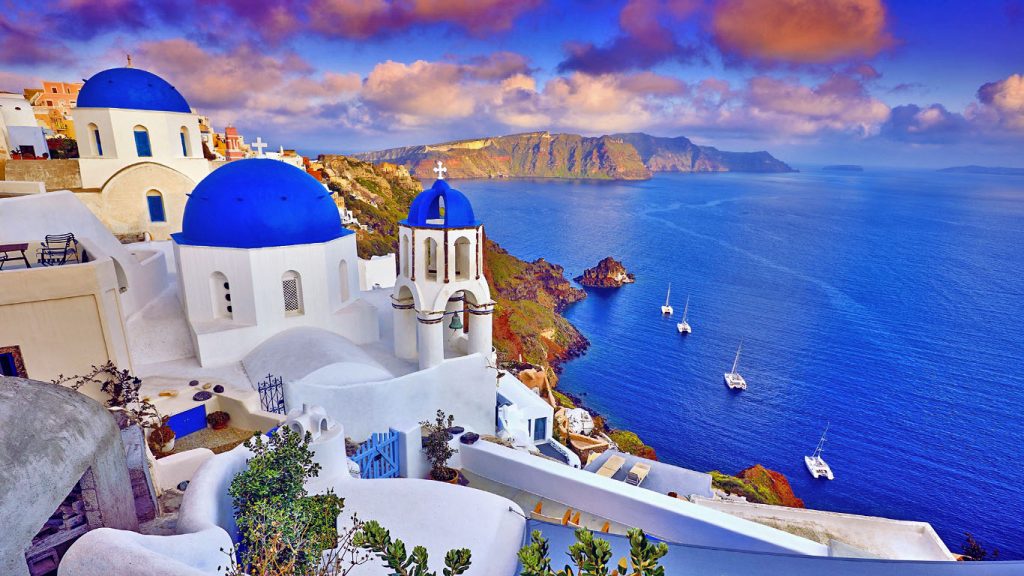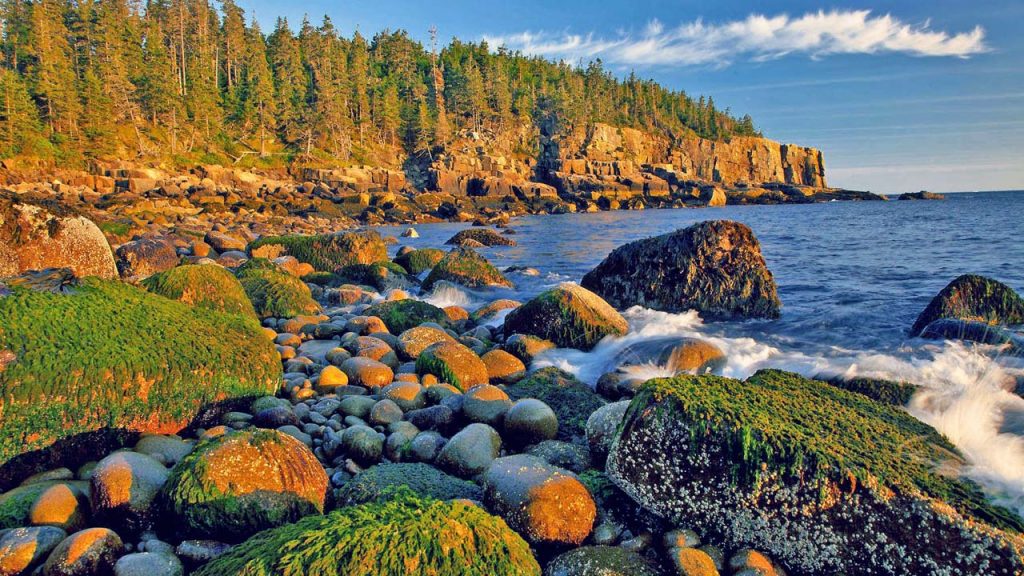Grand Canyon Tourist Attractions Unveiled: A Comprehensive Guide
Introduction:
Grand Canyon is a place full of tourist attractions. The Grand Canyon is one of the USA’s most notable attractions. The Grand Canyon attracts a large number of visitors from all over the world. Curious travelers take part in various activities and destinations in or near the canyon. Grand Canyon tourist attractions and major locations include a hiking trip through the North or South Rim, the famous Bright Angel, or the South Kaibab Trail as well as a spectacular tour around the edge of the Grand Canyon Village Rim which is very captivating. Whatever the option, the canyon offers a variety of opportunities to enjoy and includes breathtaking panoramas and incredible sights. This marvel of nature stretches for 277 miles.
The rocky walls of the Grand Canyon reach deep into its huge floor. Right down there one can hear the roar of the Colorado River and see from a different perspective. A grand canyon of proud iconic locations of natural beauty. There is everything for every traveler interested in immersing themselves in the mysteries of this most popular natural wonder. Looking up the canyon from above, adventure travelers can opt for air travel to great sights. Special helicopter or airplane scenic adventures are available in the sky. A combination of a natural flight and raft tour is also available to navigate west of the Colorado River. For those looking for a physically demanding backpack trip full of exploring on foot, hiking is another great and exciting option. For enthusiasts who enjoy the water, a rafting trip to the Grand Canyon is an ideal option to satisfy hikers, campers, and rafters.
Listed below are all the attractions of the Grand Canyon:
1.Rim Trail
The Rim Trail is one of the most popular and extensive trails in the Grand Canyon. One of the main Grand Canyon tourist attractions is the Rim Trail. It is one of the most admired attractions and views of the South Rim. This fairly easy (mostly paved) walkway marks the edge of the canyon, stopping at favorite lookouts like Maricopa Point and Hope Point. The Rim Trail starts at South Kaibab Trailhead (several miles east of Grand Canyon Village) and ends at the popular Hermits Rest Lookout Point west of the village. In total, the rim trail stretches for about 12 miles. Fortunately for travelers, the park’s free shuttle bus runs along the trail along a paved road. This makes it easy to enter the village and get points along the way.
Travelers have enjoyed the variety offered along the trail. The crowds extend further uninhabited from the tourist point which allows one to escape to nature. Recent travelers say the crowds are concentrated eastward, near gift shops, restaurants, and residences. But if you walk west it gets thinner. Others were impressed by the trail’s accessibility, saying most of it was open to wheelchairs and strollers. Note: Water is only available at Grand Canyon Village, Yavapai Point, and Hermits Rest. So you need to pack plenty to stay hydrated.
2. Havasu Falls
Havasu Falls is acclaimed by tourists as one of the most beautiful sights in the Grand Canyon. One of the main tourist attractions of the Grand Canyon is Havasu Falls. It is a desert oasis, with a crystal blue waterfall and a sparkling waterfall that adds an almost surreal quality to the background of a dry canyon. The waterfall is located just south of the Havasupai Indian Reservation National Park. From Grand Canyon Village to Hualapai Hilltop, expect a four-hour drive. Facilities are scarce, with only a large parking area and a few portable toilets. For more convenience and service, you’ll need to stop at Pitch Springs, Arizona. Once you reach Hualapai Hilltop, you must hike about 10 miles of waterfalls.
If you don’t plan to spend the night camping, don’t try Havasu Falls. Because the initial hike on the waterway is very difficult to complete in one day. Tourists must reserve overnight to enter this area. Recent travelers say that despite the hassle of getting a permit and the long, arduous journey to the waterfall, the sheer beauty of the waterfall. The fun of swimming in them has made it worthwhile. As of 2019, overnight camping costs 100 per night per week and $ 125 per person per weekend. These prices include permits, fees, and taxes. After you visit the waterfall, stop near the village of Supai, where the Havasupai tribe sells souvenirs and snacks. However, be aware that since the economy of this community is dependent on tourism, the prices here are exceptionally high.
3. South Rim
The southern rim is more popular among the average traveler than the rough north rim. South Rim Hall is where visitors will find the Grand Canyon’s most recognizable activities. Attractions on this side of the Grand Canyon include the Grand Canyon Village, the South Kaibab Trail, the Bright Angel Trail, the Head Point, the Yavapai Geology Museum, and much more. Travelers can explore the scenic area and hiking trails on the south side of the canyon on foot or take a guided tour on mules. Campsites are located at Mather Point and Desert View, and there is also an RV park with grills, laundry facilities, and picnic benches.
Recent travelers have preferred the South Rime to do and see. Families of young children noted that many search areas and some trails were manageable enough for children. Visitors who use wheelchairs were thrilled to see how accessible this part of the canyon was. There are plenty of things to do in the South Rim to keep you busy all day. If you plan to do a lot of hiking, reviewers recommend packing enough food and water. Still, this side of the park has a variety of restaurants, dining rooms, and coffee shops, so you don’t have to worry about getting hungry during your trip.
4. Visitor Center & Mather Point Overlook
If you enter the park at the south entrance from Williams, the best thing is to go directly to the visitor center. A few displays show a brief overview of the park and some of its history. Park staff are on hand to answer questions and provide information about hiking trails and attractions.
A short path leads directly from the center of the visitors to Mather Point Overlook. It is one of the most popular lookouts in the park, it is not only spectacular, but it is also easy to reach. Here, on a peninsula, several large scenic areas are sunk into the gorge, which offers beautiful views over the landscape. This is a great place to watch the sunrise over the Grand Canyon.
5. Bright Angel Hiking Trail
The most popular hike in the Grand Canyon is the Bright Angel Hike. Which departs from the village, where the Hermits Rest shuttle bus begins its route. It’s a long journey, but many people prefer to walk a short distance to get the feeling of traveling. Complete route, round-trip to Bright Angel Campground, takes 19 miles and two days. Many serious hikers prefer to go to the Indian Garden Campground, which is a nine-mile round-trip hike and takes six to nine hours. Remember, this includes a rigid hike with a height change of more than 3,000 feet.
For a brief sampling of the trail, the upper tunnel takes only 0.4 miles round-trip and less than 30 minutes, and the lower tunnel takes 1.7 miles and one to two hours. This hike embraces the canyon walls, steep hills, and sharp spots on the outside of the trail. It is not suitable for anyone with serious fears about height. Some parts of the trail are shaded and perhaps covered with snow or ice, even when the upper conditions are warm and dry.
Park Services, in conjunction with private donors, has recently made significant improvements to the Bright Angel Trailhead. In the past, finding a trailhead was not always an easy task, but now, with a new plaza and improved signage, that problem is long gone. In addition to the new plaza, you’ll now find a flush toilet washroom, a seating area, a shade structure, and a water bottle filling station. A new parking lot for 90 cars and improvements to the walkway have been added to make it wheelchair accessible.
6. Desert View Drive
Most people tend to gravitate towards Hermit Road, a 22-mile desert view drive equally, if not more stunning. One of the main differences is the view of the Colorado River, which is much more visible from some of the stops on this drive than the path further west. Here, in the distance, you can see the rapid movement of white water through the canyon and the long, wide sections of the river. There are fewer stops on this route, but they all take time to enjoy the lookout. Moran Point is certainly a highlight, with a beautiful view over the Colorado River from the east side of the parking area and countless views of the various colors visible on the stone walls across the gorge.
Lipan Point has a more spectacular view of Colorado but is also a significant place for birds. This is the most direct route across the canyon for migratory birds. Those who use this narrower part of their flight path. Grandview Point is one of the highest lookouts in the South Rim. From the viewing area, the Grandview Hiking Trail leads down a steep descent, quickly disappearing out of sight. This is a tough hike on an unchanged trail and is most suitable for serious hikers. The condition of the trail here is more difficult than in Bright Angel, slippery in spring and hot in summer.
From Navajo Point, the last stop before the Desert View Watchtower, the Watchtower is visible to the right, and if you have a long lens, this could be a good photo opportunity. The last stop is Desert View, the Watchtower stands proudly on the edge of the cliff and is a highlight of this drive.
7. Lookout Studio and the Kolb Gallery
Tourist attractions of the Grand Canyon are The Lookout Studio and the Caleb Gallery. Grand Canyon Village, Lookout Studios, and Colb Gallery are both located along the canyon wall. The Lookout Studio and the Caleb Gallery attract travelers. Lookout Studio is located in one of the Mary Jane Coulter buildings that can be found across the park. With a traditional stone design, resembling a ruin. The studio sells souvenirs and trinkets but has two outdoor viewing decks overlooking the Grand Canyon.
Just a short walk west from here is a dark brown, wooden-framed Colb Gallery. This historic Victorian house was built in 1905 and belonged to the Kolb brothers. Who were the early explorers of the park? Today, the building serves as an art gallery, with a variable exhibition, a small bookstore, and information on the life of Columbus. The Colb Gallery is near the beginning of the Bright Angel Trail.
8. North Rim
One of the main Grand Canyon tourist attractions is the North Rim. North Rim has a reputation for its rugged, detached path, isolated facilities, and lack of appeal to mainstream tourist attractions. However, this reputation is only partially true. Of course, the northern rim is less crowded than the southern. During the peak tourist season – from late spring to early autumn – a large number of travelers are accommodated in the northern rim. The good news for nature purists is that there are only a few facilities available in the North Rim. So the area will always be relatively underdeveloped. Popular spots in the North Rim include Bright Angel Point, which overlooks the Roaring Springs, the only water source in the North Rim. You should also swing by the 8,803-foot Imperial, the highest point on the North Rim.
Recent visitors have called the North Rim spectacular and a must-see. Commented on its peaceful and serene environment. They recommend booking accommodation at least a year in advance to guarantee a room. The park’s north rim entrance is located 30 miles south of Jacob Lake on Highway 67. If you do not have your own set of wheels, several shuttle services, including the Trans-Canyon Shuttle and the Grand Canyon Shuttle service, make daily rim-to-rim trips. Note: Services may be limited in winter.
Generally, travelers can book a room up to 13 months in advance. It is important to note that the North Rim is only open to visitors from mid-May to mid-October. Among the facilities available is a visitor center. There is a bookstore, a bathroom, and an informative exhibition by park rangers.
9. Wildlife Viewing
Most people don’t come to the Grand Canyon to see the wildlife, you can see at least some of the animals as you drive through the park. One of the most common suspects often seen along the Rim Trail is Elk.
Although you are less likely to see them, mountain lions live in the woods of the park, and signs along the desert view drive advise drivers to keep an eye out for them on the road. Bighorn sheep are also found in the park; hog-nosed skunk; Mule deer; Arizona State Mammals, Ringtails; And many more small craters, including the Kaibab squirrel.
10. Nearby: Little Colorado River Overlook
Leaving Grand Canyon National Park on the east side of the South Rim, through the desert view entrance, the first sign-posted picturesque lookout shows an incredible view over the Little Colorado River. This stop is on Navajo land, and in the parking area, Navajo artists sell handmade jewelry.
A short walk along a wide path past the parking lot leads directly to two picnic tables and a lookout area (with railings) in a part of the pier. From the edge, the small Colorado River is visible far below.
Touristfield influences you as a complete travel guide. Visit our blog to learn more about the Grand Canyon
Discover the beauty of the Grand Canyon
Majestic Overlooks
Begin a visual feast with majestic views of the Grand Canyon. Stand on the rim and watch nature’s masterpieces unfold before your eyes. The panoramic views are unparalleled, providing a sense of awe and gratitude for the forces that shaped this wonder.
Tranquil Havasu Falls
Immerse yourself in the serene beauty of Havasu Falls. Nestled within the Grand Canyon, the turquoise waters and cascading waterfalls create a haven for nature enthusiasts. Hike through the enchanting landscape to visit this hidden gem, a true testament to the canyon’s diverse charms.
Skywalk Adventure
Experience the thrill of walking through the air with the Skywalk at Grand Canyon West. This engineering marvel extends to the edge of the canyon, providing a heart-pounding, transparent view of the depths below. It is an adventure that combines adrenaline and natural beauty.
Hidden treasure in the depths of the canyon
Ancient ruins of the Anasazi
Explore the rich history of the Grand Canyon by visiting the ancient ruins of the Anasazi people. These archaeological wonders offer a glimpse into the past, demonstrating the resilience and ingenuity of Native American inhabitants.
Vibrant Grand Canyon Village
Grand Canyon – Immerse yourself in the cultural center of Grand Canyon Village. Filled with shops, galleries, and historic buildings, the village embodies the spirit of the region. Stroll its charming streets and absorb the local atmosphere.
Adventure Beacons: Grand Canyon tourist attractions for thrill-seekers
Whitewater rafting trip
For adrenaline junkies, the Grand Canyon offers thrilling whitewater rafting trips. Navigate the rapids of the Colorado River, surrounded by towering canyon walls. It’s an adventure that promises both excitement and a unique perspective on the canyon’s geological wonders.
Helicopter tour
Enhance your Grand Canyon experience with a helicopter tour. Soar over the vast expanse capturing breathtaking aerial views of the canyon’s rugged beauty. This is a once-in-a-lifetime opportunity to witness the scale and majesty of this natural wonder.
Grand Canyon Tourist Attraction: Symphony of Nature
Diverse flora and fauna
Discover the incredible biodiversity within the Grand Canyon. From elusive wildlife to unique plant species, canyon ecosystems are a testament to nature’s ability to thrive in a diverse landscape. Keep an eye out for rare sightings as you explore.
Starlit Grandeur at Grandview Point
Head to Grandview Point for a heavenly view as the sun sets. The clear night sky offers an unparalleled stargazing experience. Experience cosmic magic against the silhouette of the Grand Canyon – a truly enchanting and romantic escape.
Grand Canyon Tourist Attractions Division
Embark on an exploration of Grand Canyon tourist attractions, each with a unique charm and story. Whether you’re looking for adventure, cultural immersion, or just a moment of tranquility, the Grand Canyon has it all.
Frequently Asked Questions
- Questions: Best time to visit Grand Canyon tourist attractions?
Answer: The best time is spring or fall when the weather conditions are mild and the crowds are less, ensuring a more intimate experience. - Questions: Is there accommodation in the Grand Canyon?
Answer: Yes, Grand Canyon offers accommodations ranging from rustic cabins to luxury lodges, catering to a variety of tastes and budgets. - Questions: How challenging is the Havasu Falls hike?
Answer: The Havasu Falls hike is moderately challenging and suitable for hikers with an average fitness level. It is important to adequately prepare and carry the necessary supplies. - Questions: Can I capture the beauty of the Grand Canyon through photography?
Answer: Absolutely! The Grand Canyon is a photographer’s paradise. Make sure you have a quality camera to capture stunning landscapes and vibrant colors. - Questions: Are there guided tours for Grand Canyon whitewater rafting?
Answer: Yes, many outfitters offer guided tours for whitewater rafting, providing both a safe and informative experience for all participants. - Questions: Is Grand Canyon Village accessible to wheelchair users?
Answer: Yes, Grand Canyon Village is wheelchair-accessible, with ramps and paved paths, ensuring inclusion for all visitors.
Conclusion
In conclusion, Grand Canyon tourist attractions are a mosaic of natural wonders, cultural richness, and thrilling adventure. Whether you’re a nature lover, history buff, or adrenaline junkie, the Grand Canyon has something extraordinary to offer. Plan your trip, immerse yourself in the splendor, and create memories that will last a lifetime.



